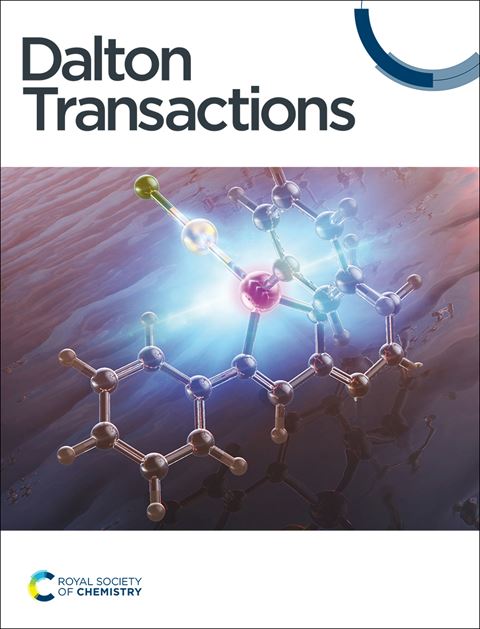Investigating the Stable Structures of Yttrium Oxide Clusters: Yn Clusters as Promising Candidates for O₂ Dissociation
IF 3.5
3区 化学
Q2 CHEMISTRY, INORGANIC & NUCLEAR
引用次数: 0
Abstract
The study presents threshold photoionization (PI) spectra for a series of yttrium oxide clusters (YnOm, m = 2–8, n = 2–4) in the photon energy range of 192 to 300 nm (6.46 to 4.13 eV). Density Functional Theory (DFT) is employed to explore stable structures of these clusters. For YnO2 clusters, experimental PI spectra are compared with calculated spectra for the lowest-energy and near-lowest-energy structural isomers. Stable structures contributing to the experimental PI spectra are identified. Experimentally corrected adiabatic ionization energies for YmO2 clusters are determined. A newly identified lowest-energy structure for Y₂O₂ differs from previous literature, while larger clusters show better agreement, primarily varying in oxygen binding sites. Molecular oxygen-absorbed configurations of yttrium oxide clusters are generally unstable or energetically unfavorable, with O2 activation occurring via charge transfer from yttrium to oxygen. Climbing Image Nudged Elastic Band (CI-NEB) calculations indicate that YnO₂ forms in the ground state when an O₂ molecule is absorbed onto low- or under-coordinated sites—such as corners or edges—of Yn clusters. This process involves the dissociation of the O-O bond, followed by the adsorption of individual O atoms at different sites on the Yn clusters. Analysis of the total density of states (TDOS) and partial density of states (PDOS) reveals an increased orbital density near the Fermi level, indicating a strong reaction affinity between Y and O atoms.求助全文
约1分钟内获得全文
求助全文
来源期刊

Dalton Transactions
化学-无机化学与核化学
CiteScore
6.60
自引率
7.50%
发文量
1832
审稿时长
1.5 months
期刊介绍:
Dalton Transactions is a journal for all areas of inorganic chemistry, which encompasses the organometallic, bioinorganic and materials chemistry of the elements, with applications including synthesis, catalysis, energy conversion/storage, electrical devices and medicine. Dalton Transactions welcomes high-quality, original submissions in all of these areas and more, where the advancement of knowledge in inorganic chemistry is significant.
 求助内容:
求助内容: 应助结果提醒方式:
应助结果提醒方式:


